Unveiling the Shadows of Mountain Meadows
In the heart of the American West, amidst its majestic landscapes, lies a story of profound tragedy that disrupts the beauty of the rugged terrain. As the sun dips below the horizon at Mountain Meadows, the light fades over a place that is not only a natural wonder but also a site of deep historical sorrow. This site, marked by the infamous Mountain Meadows Massacre, holds stories of a past so brutal that they seem to linger in the air like whispers of ghosts. Join us as we explore one of America’s most haunted historical sites, delving into the eerie occurrences and the chilling history that casts a long shadow over the meadow.

The Dark History Behind Mountain Meadows
The tale of the Mountain Meadows Massacre is a somber chapter in the history of the American frontier, woven into the fabric of the nation during a period fraught with tension between the US government and the Church of Jesus Christ of Latter-day Saints. In September 1857, in the Mountain Meadows of southern Utah, a wagon train from Arkansas, en route to California, fell victim to a horrific attack. The Baker-Fancher party, consisting of 120 emigrants, was besieged by Mormon militiamen disguised as Native Americans, alongside actual Paiute tribe members.
Initially resilient, the emigrants were eventually deceived under a white flag of truce, leading to their tragic slaughter—only children under seven were spared, believed too young to recount the horror. The aftermath saw the emigrants’ belongings sold and their bodies left unattended, only to be buried later by the U.S. Army. The massacre, shrouded in betrayal and bloodshed, remains a sensitive and controversial subject, representing a profound episode of conflict between religious zeal and governmental authority during the era.

Legends of the Haunted Meadows
The site of the Mountain Meadows Massacre is said to be haunted, with visitors reporting unexplainable phenomena that echo the tragic past. Although there is no scientific proof of paranormal activity, the area has garnered a reputation for eerie experiences. Tales of spectral sightings, sounds of distress, and an overwhelming aura of sadness compel many to believe that the meadow is inhabited by the spirits of those lost. These anecdotal experiences, while not scientifically validated, contribute to the mystique of the place and offer a form of narrative closure to a gruesome chapter of history.
Conclusion: A Place of Reflection and Mystery
The Mountain Meadows Massacre stands as a stark reminder of the darker aspects of human history and the complex interplay between fear, faith, and governance. The site remains a place of reflection for those who visit, intrigued by its history and the alleged hauntings. Despite the lack of concrete evidence, the power of story and tragedy continues to draw curiosity and empathy from those who come to remember and perhaps feel the echoes of the past.
Exploring the Paranormal Claims
For those intrigued by the paranormal aspects of Mountain Meadows, the above video provides insights and explores the legends that make this site a focal point for ghost hunters and history enthusiasts alike.


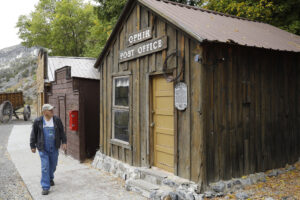
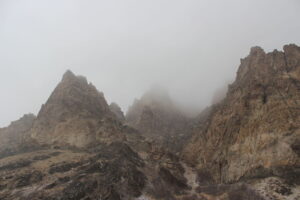
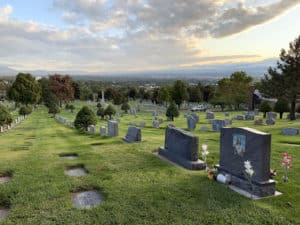
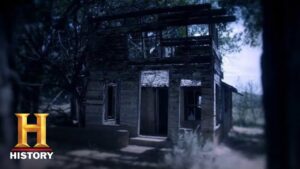
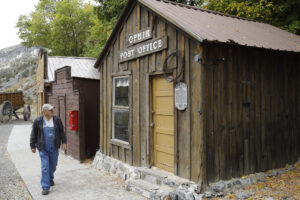
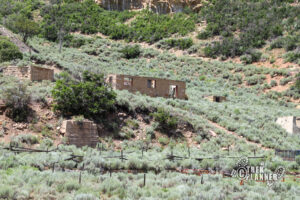
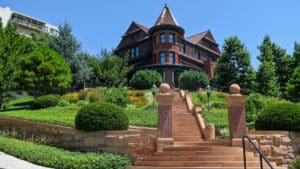

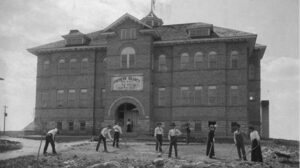
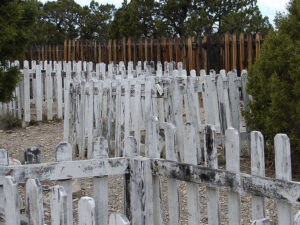
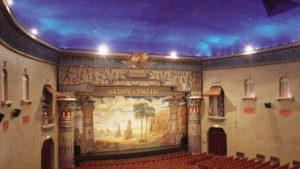
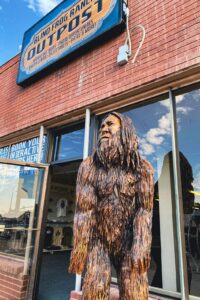

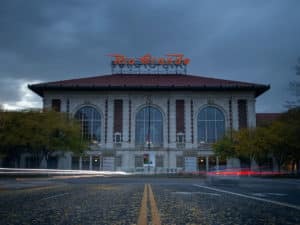




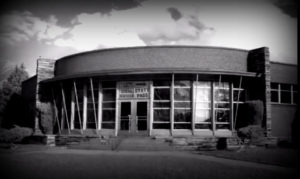
Leave a Reply